Oops, it’s perfect
Brands are just like humans.
Because we, as humans, have not evolved mental structures for dealing with brands in any other way. Brands communicate to you constantly, the same way other animals communicate to you, chiefly other humans. So we use that same part of the brain and those same mental tools we use for interpersonal communication to parse what brands are saying to us.
Brands also look, act, and feel a lot like humans. They have names. They have certain appearances and personalities. They have goals and hopes and dreams. Take a brand like Rolex. They’re highly polished and dead set on getting the details just so. And just like us, they also make mistakes.
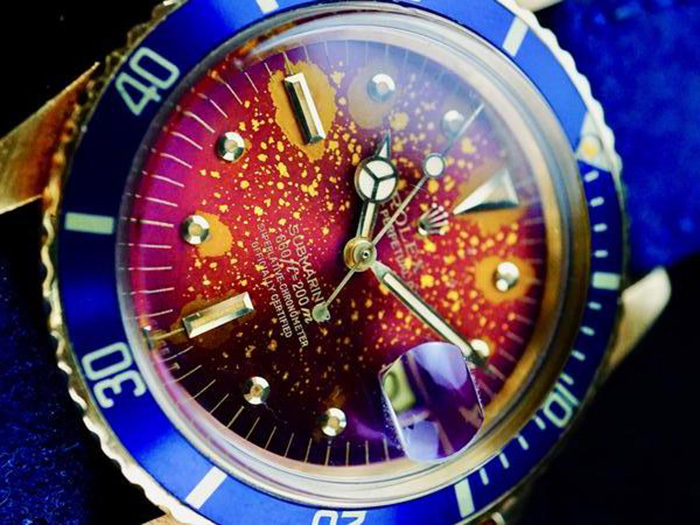
This watch had a blue dial when it left the factory. Sometime during its 39-year life the dial transitioned from blue to “hot lava” — or so resellers are calling it. Which means the blue paint didn’t age as Rolex intended.
So what happened? Maybe the batch of paint wasn’t mixed properly? Or the application process was a little off that day? Who knows. Normally, one might think, “That’s not good, Rolex got that wrong.” However, that’s not the case. Despite, or rather, due to the paint aging in an unpredictable manner, this hot beauty carries an enormous price tag. Heftier than if it looked factory fresh. Weird, I know.
This isn’t the only time Rolex shipped a watch that changed in an unpredictable way. There’s a batch of GMT Master IIs with dials that are now dubbed “Spider.”
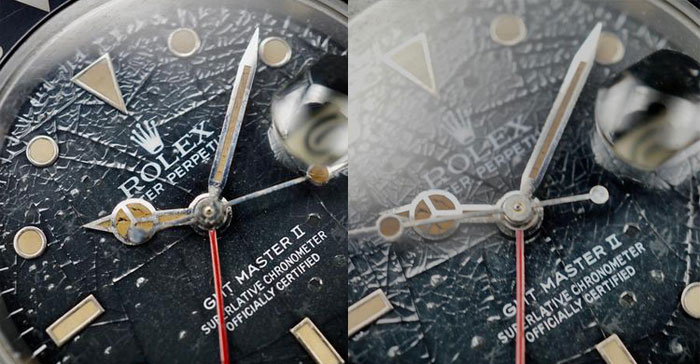
Yep, the paint cracked.
There are Submariners that turned themselves into ghosts.
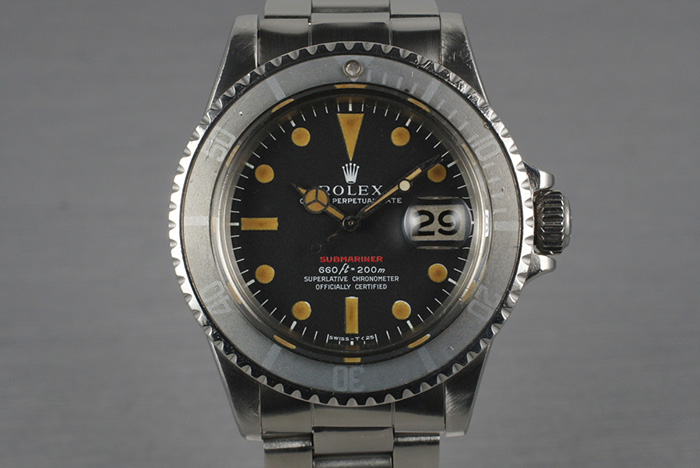
The bezel was black when it left the factory. Now it’s a smoky grey.
Finally, there are quite a few models that take themselves on a Tropical vacation.
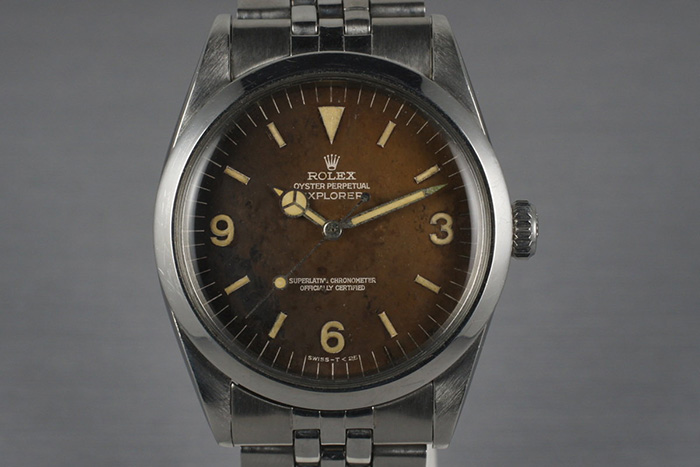
The dial was originally black, fading to a warm, tropical brown.
Then some go for the triple crown: spider, tropical, and ghost.
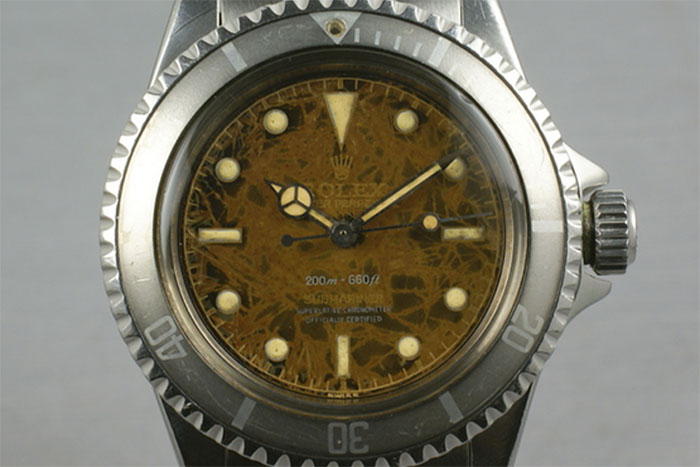
What’s important here is that these watches work. The second hands sweep and (in most cases) the lume glows brightly. Which is to say that a lot of people at the Rolex factory got it right and a few didn’t. And isn’t that how it goes most days? We wake up and go to work with good intentions and hope in our hearts. We know we have the power to make something beautiful or helpful or powerful or insane. Whatever it is we’re going to give it our all each day knowing that we’re going to slip up every now and again. That’s just part of the equation.
Rolex gets things right just about always and when they screw up it’s non-critical. They’re like your good friend who does right by you most days, and when they screw up it’s usually not a big deal. It shows that they’re human — because nobody wants to be friends with someone who’s perfect or right all the time. It also shows you that you should be tolerant of their mistakes because you know they rarely make them.
And think about a Swiss watchmaker. You damn well know they’re going to be harsher on themselves than you ever would be to them. So when a Rolex watchmaker screws up it certainly isn’t fatal.
It’s no different with an entire brand. Because a Rolex, like every brand, is a reflection of the people who’re behind it — making every decision, casting every watch case, applying lume, and painting dials. We see that they’re constantly striving for perfection. It’s only human for us to be lenient when they slip up every once in a while. We see ourselves in those mistakes. We appreciate the hard work and are not only tolerant of small imperfections — we sometimes cherish them — just like we should with other people.

